Home>Gardening & Outdoor>Landscaping Ideas>How To Replace Grass With Moss
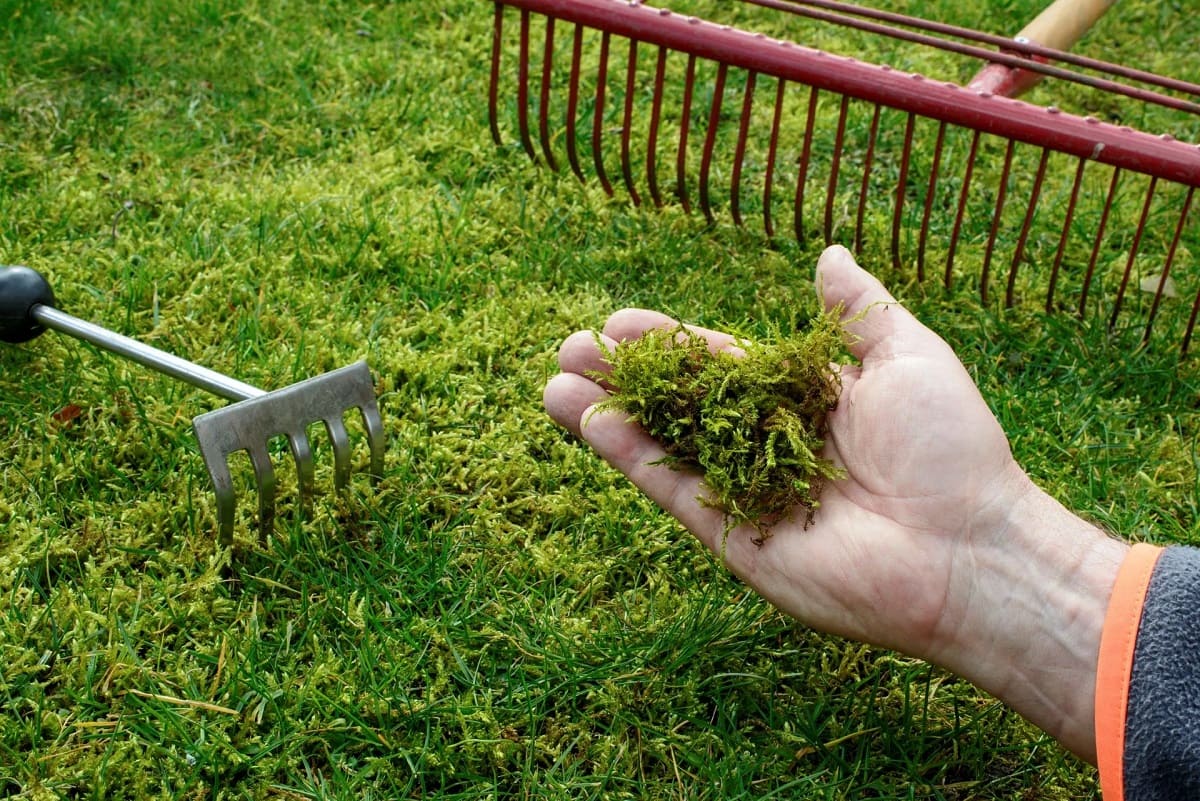

Landscaping Ideas
How To Replace Grass With Moss
Published: January 30, 2024
Discover creative landscaping ideas for replacing grass with moss. Learn how to transform your yard with eco-friendly and low-maintenance moss landscaping. Explore inspiring moss garden designs!
(Many of the links in this article redirect to a specific reviewed product. Your purchase of these products through affiliate links helps to generate commission for Storables.com, at no extra cost. Learn more)
Introduction
In the realm of landscaping, the lush green expanse of a well-maintained lawn has long been a symbol of natural beauty and tranquility. However, the conventional grass lawn comes with its fair share of challenges, including high water consumption, regular mowing, and susceptibility to pests and diseases. As an alternative, many homeowners and landscape enthusiasts are turning to moss as a low-maintenance, eco-friendly, and visually captivating ground cover.
Replacing grass with moss offers a myriad of benefits, ranging from environmental sustainability to aesthetic appeal. This article delves into the advantages of incorporating moss into your landscape, the selection of suitable moss species, the preparation and planting process, as well as the care and maintenance required to foster a thriving moss-covered area. Whether you seek to transform a small patch of land or revamp your entire yard, the allure of moss as a ground cover is undeniable. Let's embark on a journey to explore the wonders of moss and discover how it can elevate your outdoor space to new heights of natural splendor.
Key Takeaways:
- Embrace the enchanting allure of moss as a low-maintenance, visually captivating ground cover that promotes environmental sustainability and thrives in various light conditions, transforming outdoor spaces with natural splendor.
- Selecting the right moss species, preparing the planting area, and implementing meticulous care practices are essential for establishing and maintaining a flourishing moss-covered landscape, creating enchanting, low-maintenance havens of natural beauty and ecological balance.
Read more: How To Remove Moss From Grass
Benefits of Replacing Grass with Moss
Embracing moss as a ground cover presents a host of compelling advantages that extend beyond its captivating visual appeal. Here are some notable benefits of replacing traditional grass lawns with moss:
- Low Maintenance: Unlike grass, moss requires minimal upkeep. Once established, it thrives without the need for mowing, fertilization, or extensive watering. This makes it an ideal option for those seeking a low-maintenance landscaping solution.
- Drought Tolerance: Moss exhibits remarkable resilience in dry conditions, making it an excellent choice for regions prone to water scarcity. Its ability to retain moisture allows it to remain verdant even during periods of limited rainfall, reducing the reliance on irrigation.
- Environmental Benefits: Moss contributes to environmental sustainability by promoting biodiversity and serving as a natural carbon sink. Its dense growth helps to prevent soil erosion and provides a habitat for small organisms, fostering a healthier ecosystem within your landscape.
- Visual Allure: The velvety texture and vibrant hues of moss lend an enchanting, fairy-tale-like charm to outdoor spaces. It creates a serene, woodland ambiance that can elevate the aesthetic appeal of gardens, pathways, and shaded areas.
- Adaptability: Moss thrives in various light conditions, including shaded areas where grass may struggle to grow. Its adaptability makes it a versatile landscaping option for areas with limited sunlight, such as under trees or along north-facing slopes.
- Reduced Chemical Usage: Unlike traditional lawns that often require herbicides and pesticides to combat weeds and pests, moss generally resists these issues, reducing the need for chemical interventions that can harm the environment.
By embracing the myriad benefits of moss as a ground cover, homeowners and landscape enthusiasts can create sustainable, visually captivating outdoor spaces while minimizing the demands of traditional lawn maintenance.
Choosing the Right Moss for Your Landscape
When considering the integration of moss into your landscape, selecting the appropriate species is paramount to achieving a thriving and visually appealing moss-covered area. Several factors should be taken into account when choosing the right moss for your specific environment and aesthetic preferences:
- Species Suitability: Different species of moss thrive in varying conditions, including light levels, moisture levels, and soil types. Some mosses prefer shaded, damp environments, while others tolerate drier, sunnier conditions. Researching the native moss species in your region and their specific requirements is essential for successful cultivation.
- Texture and Color: Mosses come in an array of textures and shades, from velvety green to golden hues. Consider the visual impact you wish to achieve and select moss varieties that complement the overall aesthetic of your landscape, whether you desire a uniform carpet of green or a diverse tapestry of textures and colors.
- Growth Habit: Certain moss species form dense, compact mats, while others exhibit a more delicate, airy growth pattern. Understanding the growth habits of different mosses will help you determine the most suitable options for your desired application, be it covering large expanses or accentuating specific features.
- Environmental Adaptability: Assess the environmental conditions of your landscape, including light exposure, moisture levels, and soil composition. Choose moss species that align with these conditions to ensure their successful establishment and long-term vitality.
- Native vs. Non-Native Species: While non-native moss species may offer unique visual characteristics, prioritizing native mosses can contribute to the preservation of local ecosystems and biodiversity. Native species are also more likely to thrive in their natural habitat, requiring less intervention and maintenance.
By carefully considering these factors and conducting thorough research on moss species suitable for your region, you can make informed decisions that will lay the foundation for a flourishing and visually captivating moss landscape. Whether creating a serene woodland retreat or adding a touch of natural elegance to urban spaces, the right moss selection is key to achieving your desired aesthetic and environmental goals.
Preparing the Area for Moss
Before embarking on the process of planting moss, it is essential to prepare the designated area to provide an optimal foundation for the moss to thrive. Here are the key steps involved in preparing the landscape for the successful establishment of moss:
- Clearing and Cleaning: Begin by clearing the intended moss planting area of any existing vegetation, debris, and weeds. This may involve manually removing grass, weeds, and rocks to create a clean, debris-free surface for the moss to take root.
- Soil Assessment: Assess the soil composition and pH levels of the area where the moss will be planted. Moss generally thrives in acidic soils with a pH range of 5.0 to 6.5. If necessary, amend the soil with organic matter or acidic supplements to create an ideal growing environment for the moss.
- Moisture Retention: Moss requires consistent moisture to establish and flourish. Ensure that the soil in the planting area retains moisture by incorporating organic matter and providing adequate irrigation, especially during the initial stages of moss establishment.
- Shade Considerations: Moss typically thrives in shaded or partially shaded environments, making it important to assess the light exposure in the planting area. If the site receives ample sunlight, consider creating shade through strategically placed structures or selecting shade-tolerant moss varieties.
- Surface Preparation: To promote successful moss adhesion, prepare the soil surface by gently roughening it with a rake or hand tool. This helps create a textured substrate for the moss to anchor onto, enhancing its ability to establish and spread.
- Weed Prevention: Implement measures to prevent weed encroachment on the moss planting area. This may involve applying a weed barrier or manually monitoring and removing any invasive plants that could compete with the moss for nutrients and space.
By diligently preparing the area for moss planting, you can create an environment conducive to the successful establishment and sustained growth of this enchanting ground cover. These preparatory measures set the stage for a flourishing moss landscape that embodies natural beauty and ecological harmony.
To replace grass with moss, remove existing grass, loosen soil, and plant moss plugs or spread moss spores. Keep the area moist and shaded to encourage moss growth.
Planting and Maintaining Moss
Planting moss involves a meticulous process that, when executed with care, sets the stage for a verdant and resilient ground cover. Additionally, ongoing maintenance practices are crucial for nurturing the moss and ensuring its long-term vitality. Here are the essential steps for planting and maintaining moss in your landscape:
- Transplanting or Spreading: Moss can be established through transplanting existing moss specimens or spreading moss slurry, which consists of blended moss and water. Carefully select healthy moss specimens and distribute them evenly across the prepared planting area, ensuring good contact with the soil surface.
- Pressing and Watering: Gently press the transplanted or spread moss onto the soil surface to facilitate adhesion. Follow this by thoroughly watering the moss to encourage initial root development and establish a strong connection with the soil. Mist the moss regularly to maintain adequate moisture levels during the establishment phase.
- Monitoring and Adjusting: Regularly monitor the planted moss to ensure it remains adequately moist and free from debris. Adjust your watering routine as needed to accommodate changes in weather patterns and moisture levels, providing supplemental irrigation during dry spells and adjusting drainage to prevent waterlogging during periods of excessive rainfall.
- Minimizing Disturbance: To promote the moss’s establishment and growth, minimize foot traffic and avoid disturbing the planted area. This allows the moss to take root and spread undisturbed, fostering a lush and resilient ground cover over time.
- Seasonal Considerations: Be mindful of seasonal variations and their impact on moss maintenance. Adjust your care regimen to accommodate temperature fluctuations, ensuring the moss receives adequate moisture and protection from extreme heat or cold.
- Regular Inspections: Conduct routine inspections to identify and address any issues that may affect the moss, such as invasive weeds, pest infestations, or excessive moisture retention. Prompt intervention can help maintain the health and vigor of the moss-covered area.
By following these planting and maintenance guidelines, you can foster the successful establishment and sustained vitality of moss in your landscape. With proper care and attention, moss can transform outdoor spaces into enchanting, low-maintenance havens of natural beauty and ecological balance.
Read more: What Is Peat Moss Good For Grass
Moss Care and Troubleshooting
While moss is renowned for its resilience and low-maintenance nature, proactive care and timely troubleshooting are essential for preserving its lush appearance and vitality. By implementing effective care practices and addressing potential issues, you can ensure that your moss-covered landscape remains a captivating and sustainable feature of your outdoor environment. Here are key considerations for moss care and troubleshooting:
- Moisture Management: Maintain consistent moisture levels to support the health and vigor of the moss. While moss is resilient in dry conditions, it benefits from regular misting or light watering during extended dry spells to prevent desiccation. Avoid overwatering, as excessive moisture can lead to fungal growth and moss deterioration.
- Weed Control: Vigilantly monitor the moss-covered area to prevent the encroachment of weeds and invasive plants. Promptly remove any undesirable vegetation that competes with the moss for space and nutrients, preserving the integrity of the moss landscape.
- Shade Optimization: Assess the shading in the moss-covered area and make adjustments as needed to maintain an optimal balance of light and shade. Proper shading helps prevent excessive drying and sun damage while promoting the lush growth of the moss.
- Soil Health: Periodically assess the soil condition to ensure it remains conducive to moss growth. Amend the soil with organic matter or acidic supplements if necessary to maintain an ideal pH and nutrient balance for the moss.
- Pest Management: Keep an eye out for potential pest infestations that may affect the moss, such as snails, slugs, or certain insects. Implement eco-friendly pest control measures to mitigate pest damage while safeguarding the ecological balance of the moss ecosystem.
- Seasonal Adjustments: Adapt your care routine to align with seasonal changes, such as adjusting watering frequency in response to varying weather patterns and temperature fluctuations. Tailoring your care practices to seasonal dynamics ensures the continued vitality of the moss throughout the year.
- Addressing Discoloration: If the moss exhibits signs of discoloration or browning, investigate potential causes such as inadequate moisture, excessive sunlight, or nutrient deficiencies. Take corrective measures, such as adjusting watering patterns or providing supplemental nutrients, to revitalize the moss and restore its lush appearance.
By integrating these care practices and troubleshooting strategies into your moss maintenance regimen, you can uphold the enduring beauty and ecological value of moss within your landscape. With attentive care and proactive intervention, moss-covered areas can flourish as enchanting, low-maintenance havens of natural splendor.
Conclusion
As we conclude our exploration of integrating moss into your landscape, it becomes evident that this captivating ground cover offers a multitude of benefits, from ecological sustainability to visual allure. By replacing traditional grass lawns with moss, homeowners and landscape enthusiasts can create enchanting outdoor spaces that require minimal maintenance while contributing to environmental conservation.
The process of incorporating moss into your landscape begins with thoughtful considerations, such as selecting the right moss species that align with your environmental conditions and aesthetic preferences. Careful preparation of the planting area sets the stage for successful moss establishment, fostering an environment where moss can thrive and spread its verdant beauty.
Planting and maintaining moss involves meticulous attention to detail, from the initial establishment of moss specimens to ongoing care practices that sustain its vitality. By monitoring moisture levels, addressing potential issues, and adapting care routines to seasonal changes, you can ensure the enduring health and allure of your moss-covered landscape.
As you embark on this moss-filled journey, remember that the allure of moss lies not only in its visual charm but also in its ability to foster ecological balance and sustainability within your outdoor environment. Whether adorning shaded pathways, revitalizing urban spaces, or creating serene woodland retreats, moss stands as a testament to the harmonious coexistence of natural beauty and environmental stewardship.
By embracing the wonders of moss and integrating it into your landscape, you embark on a journey of sustainable elegance, where the timeless allure of moss converges with the artistry of landscaping to create enchanting outdoor havens that captivate the senses and nurture the soul.
Frequently Asked Questions about How To Replace Grass With Moss
Was this page helpful?
At Storables.com, we guarantee accurate and reliable information. Our content, validated by Expert Board Contributors, is crafted following stringent Editorial Policies. We're committed to providing you with well-researched, expert-backed insights for all your informational needs.
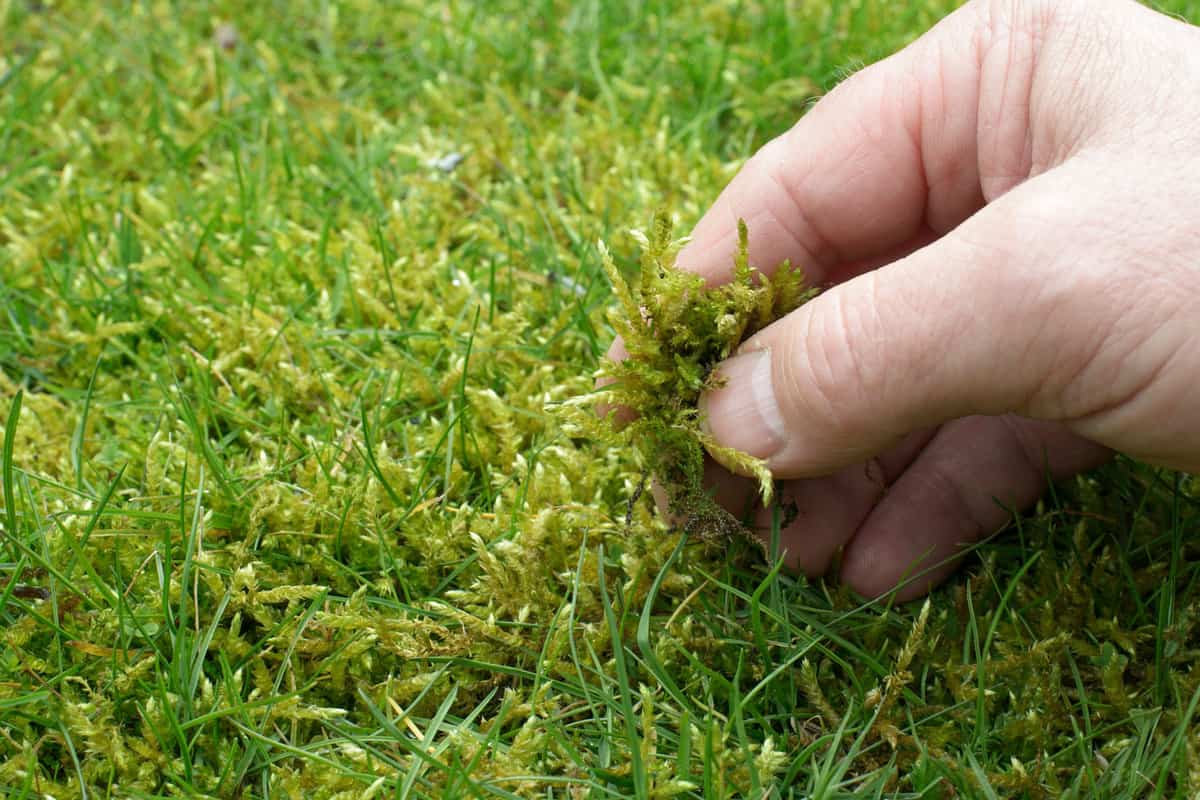
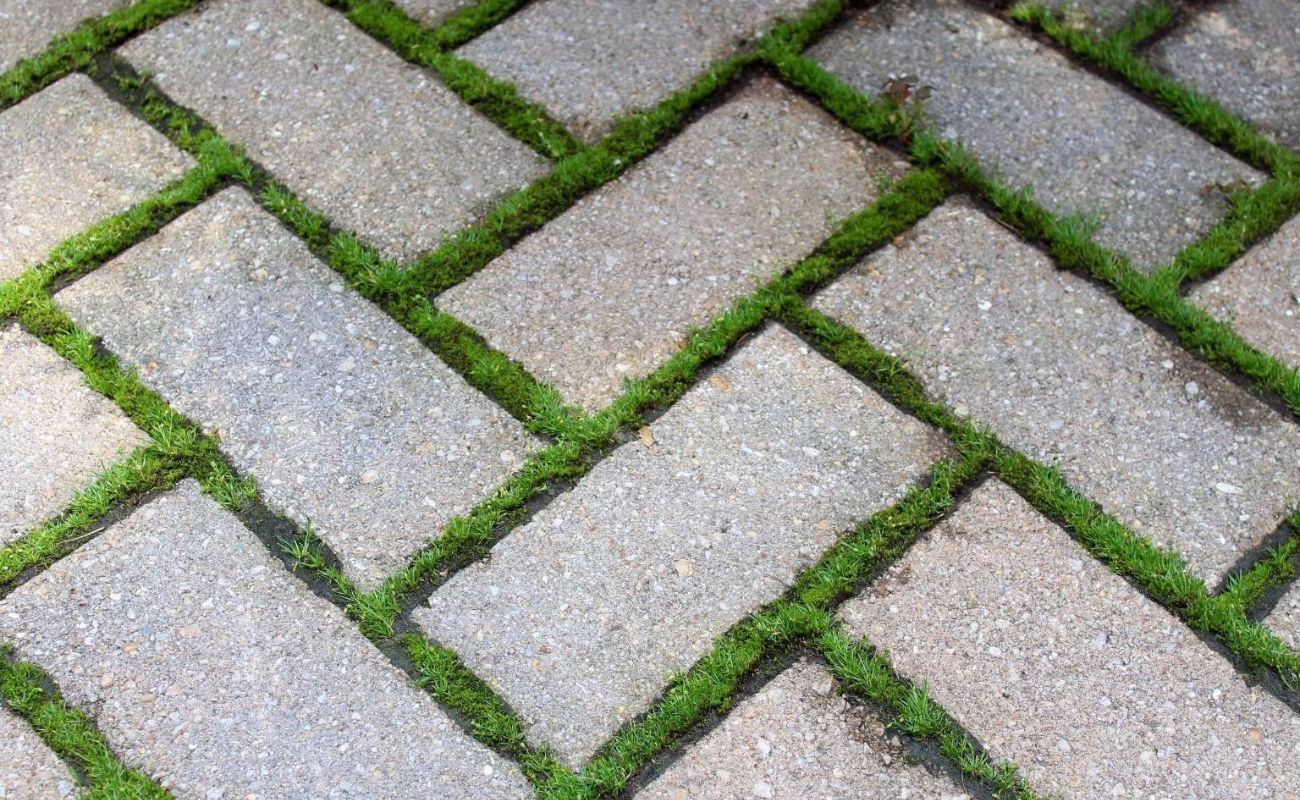
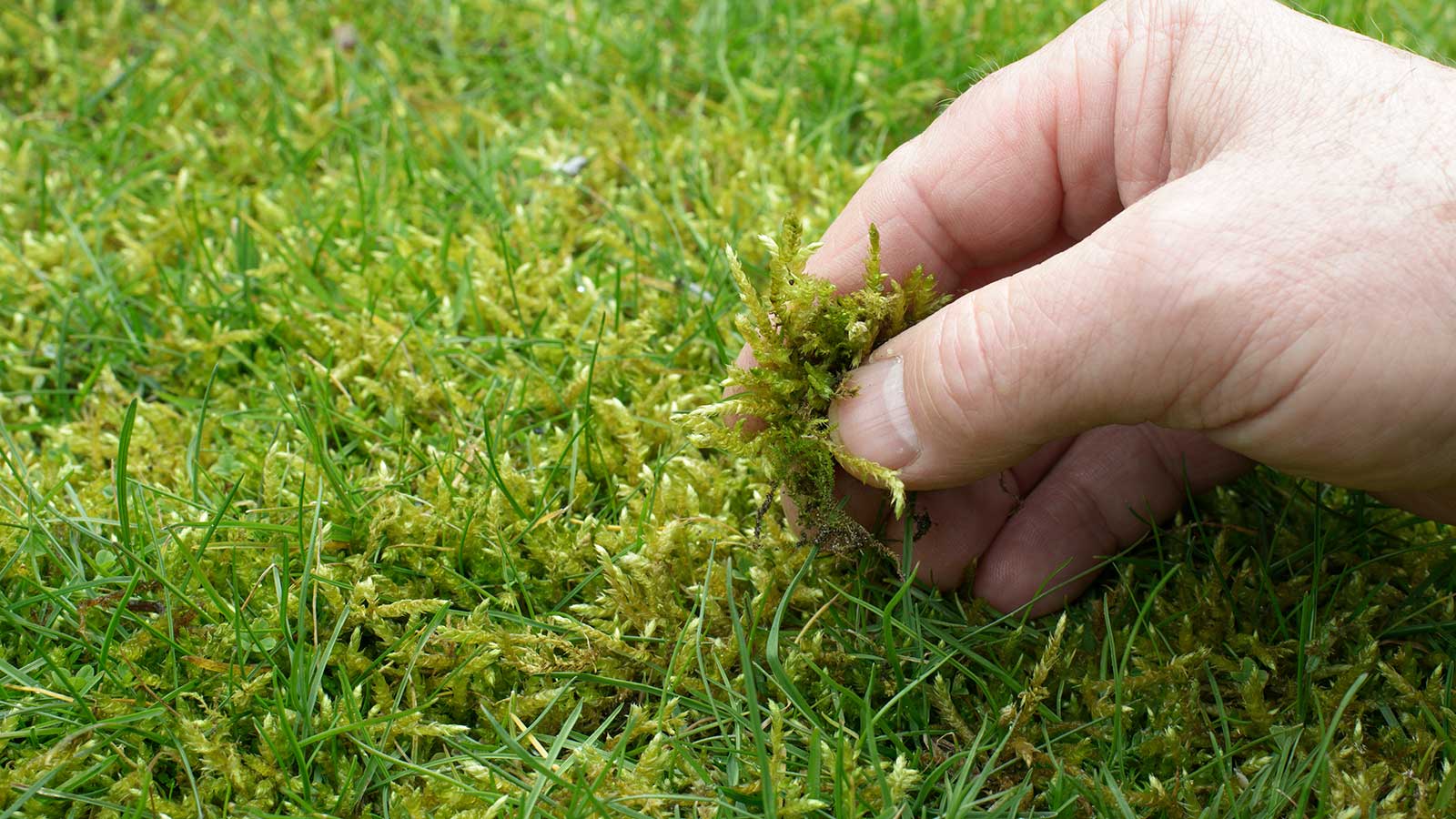
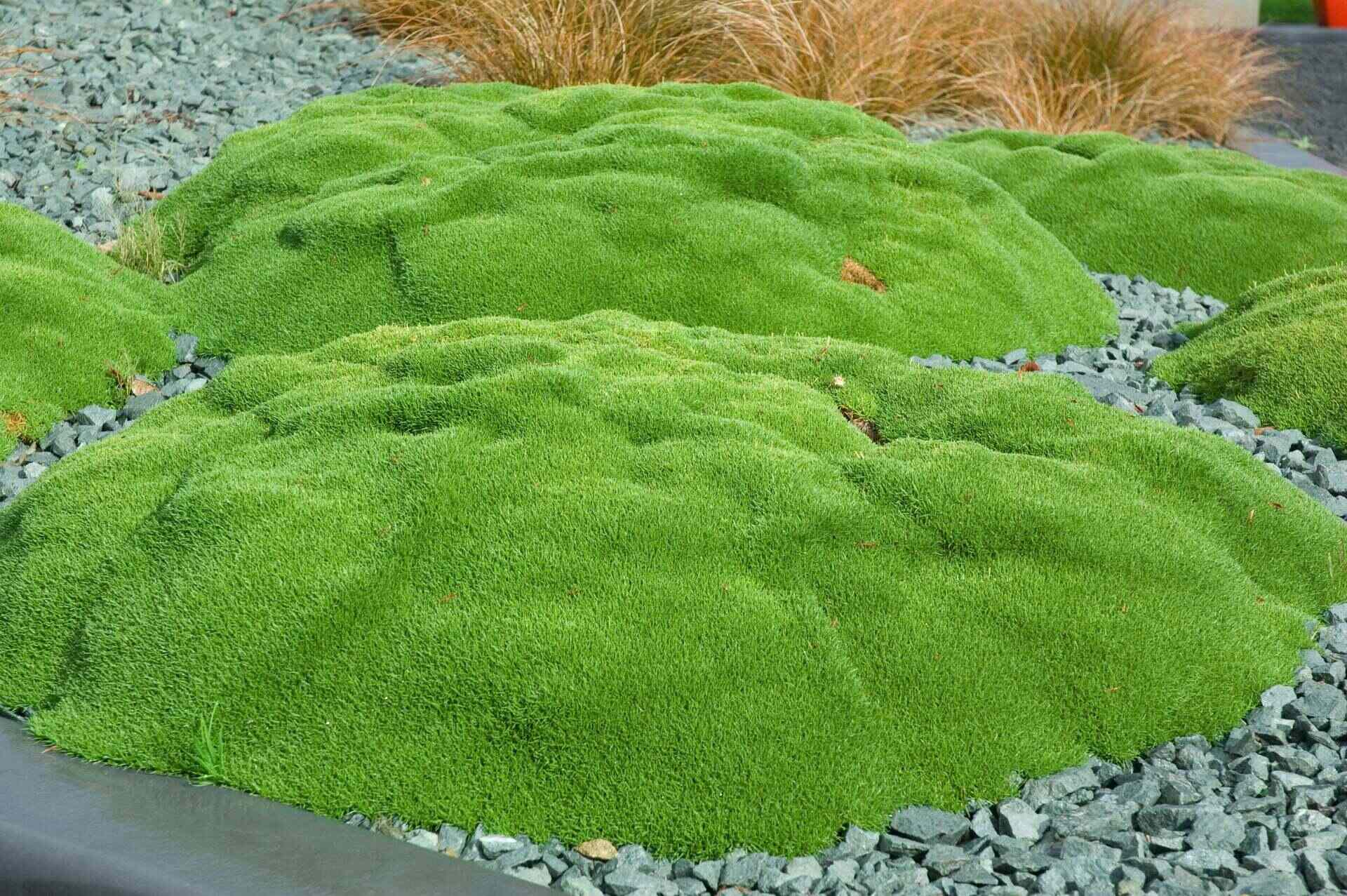
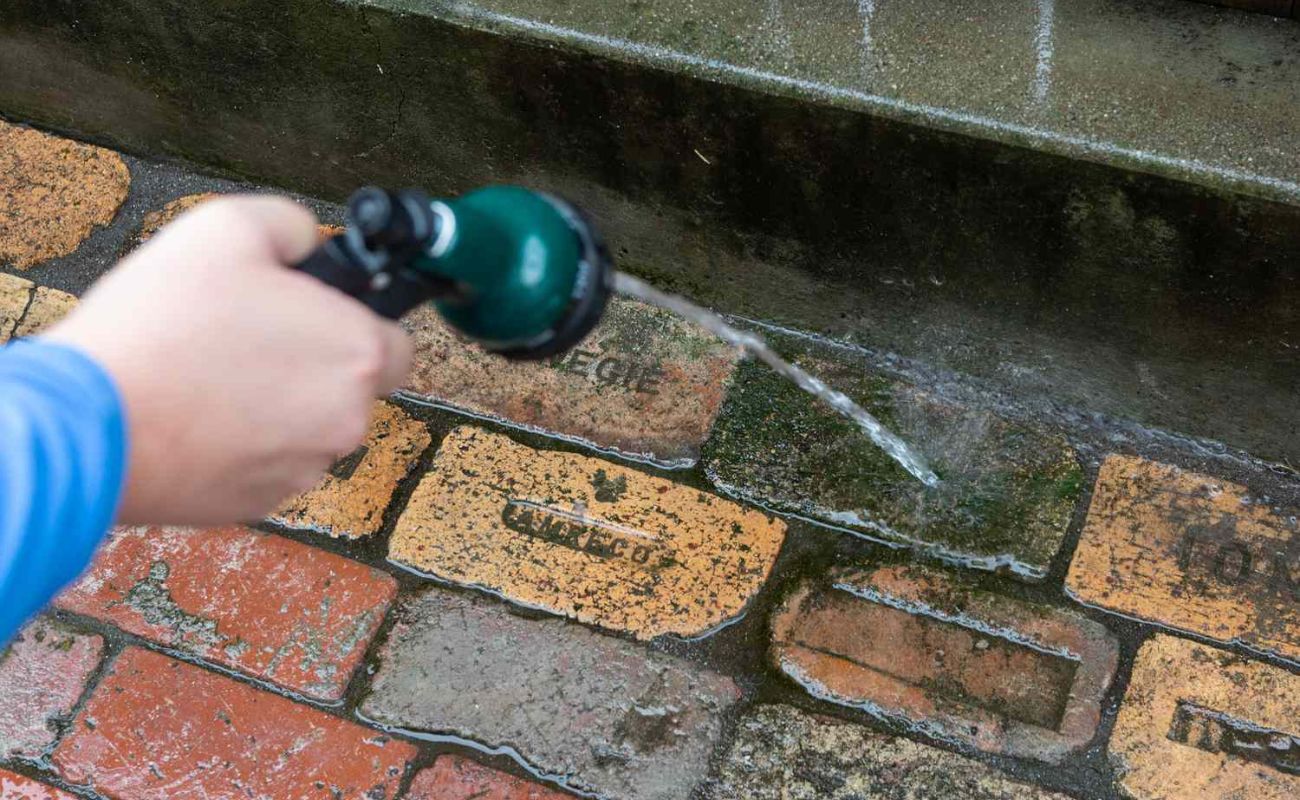
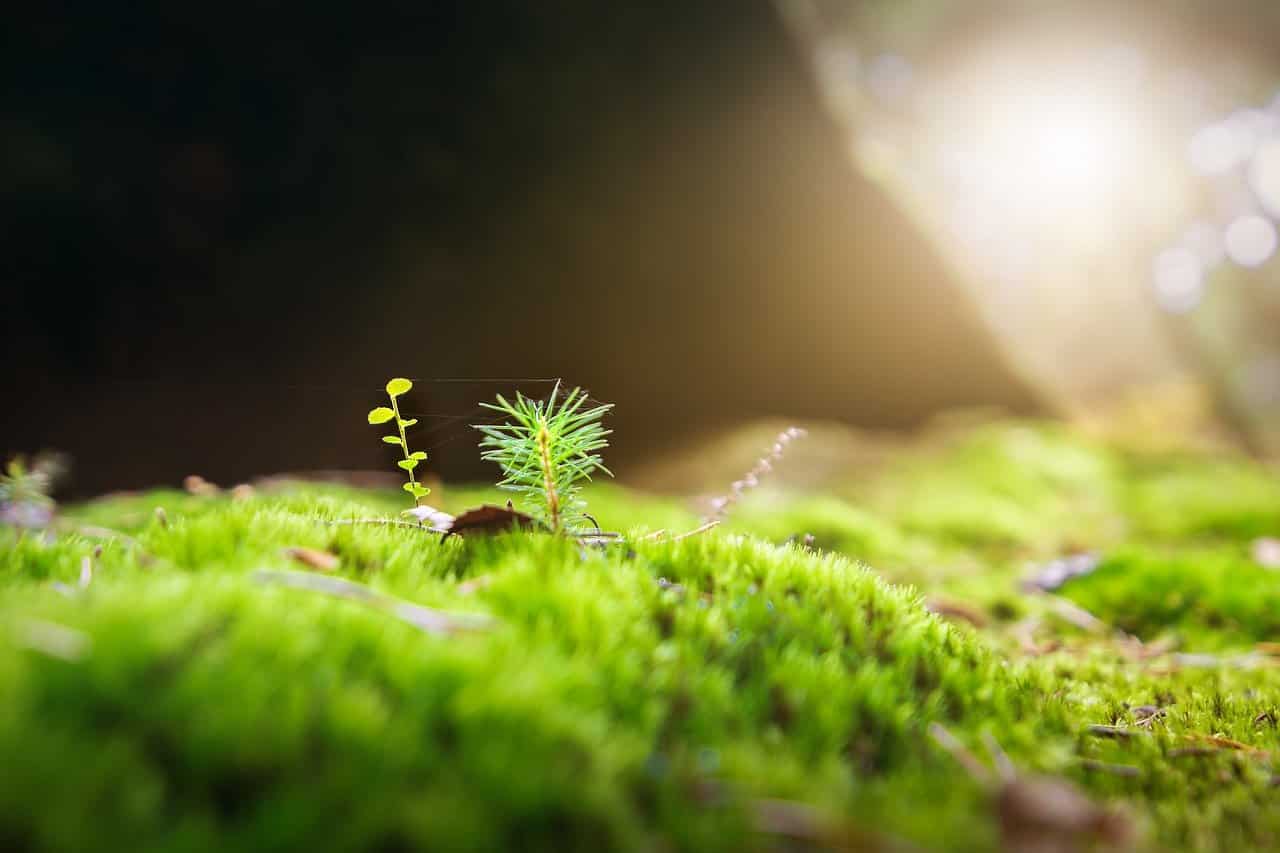
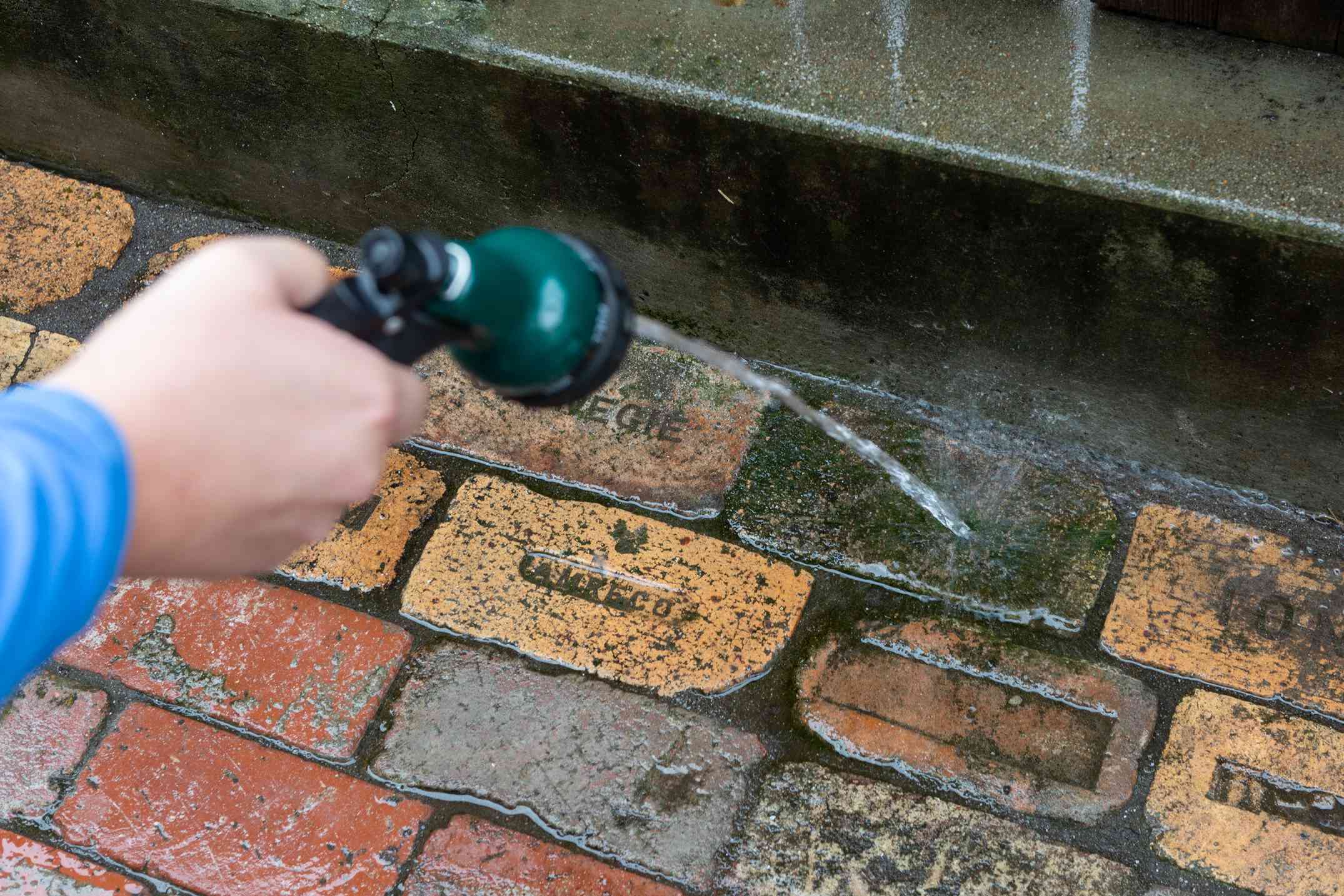
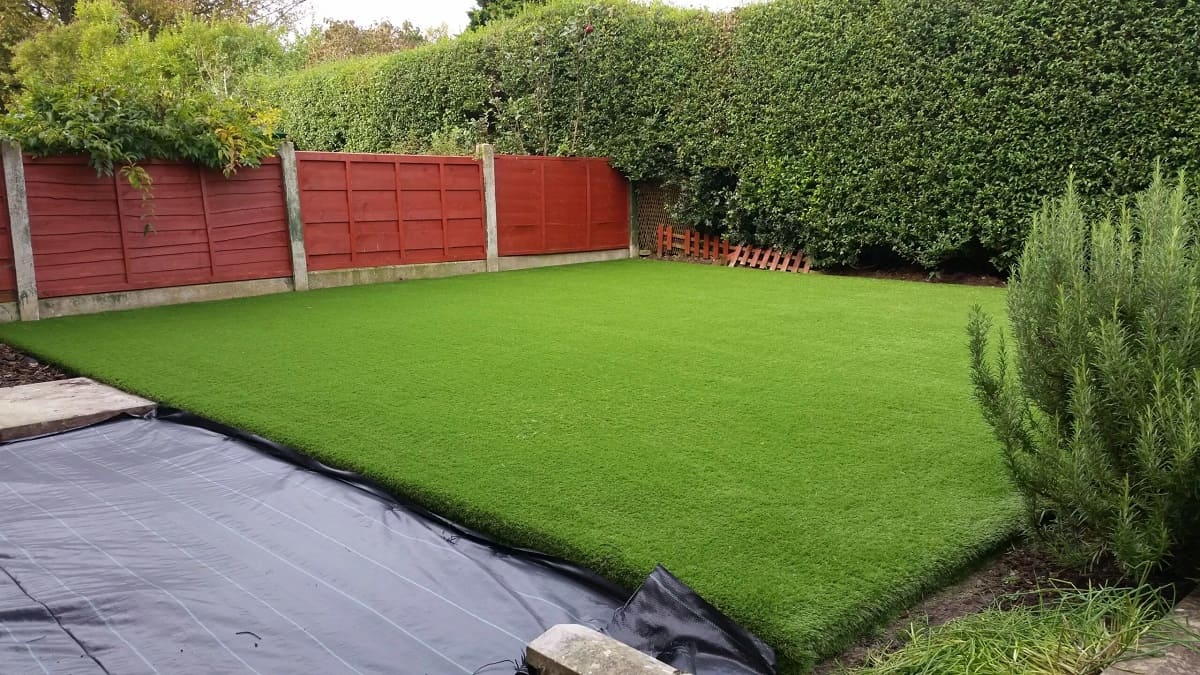
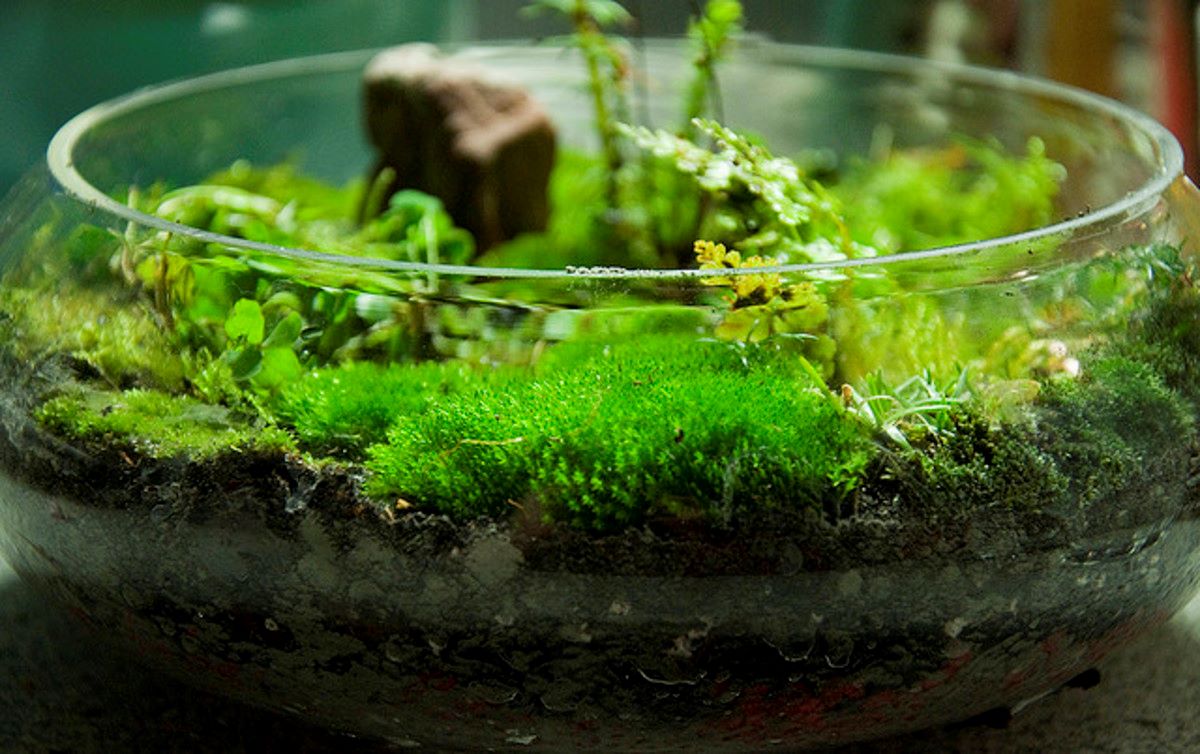
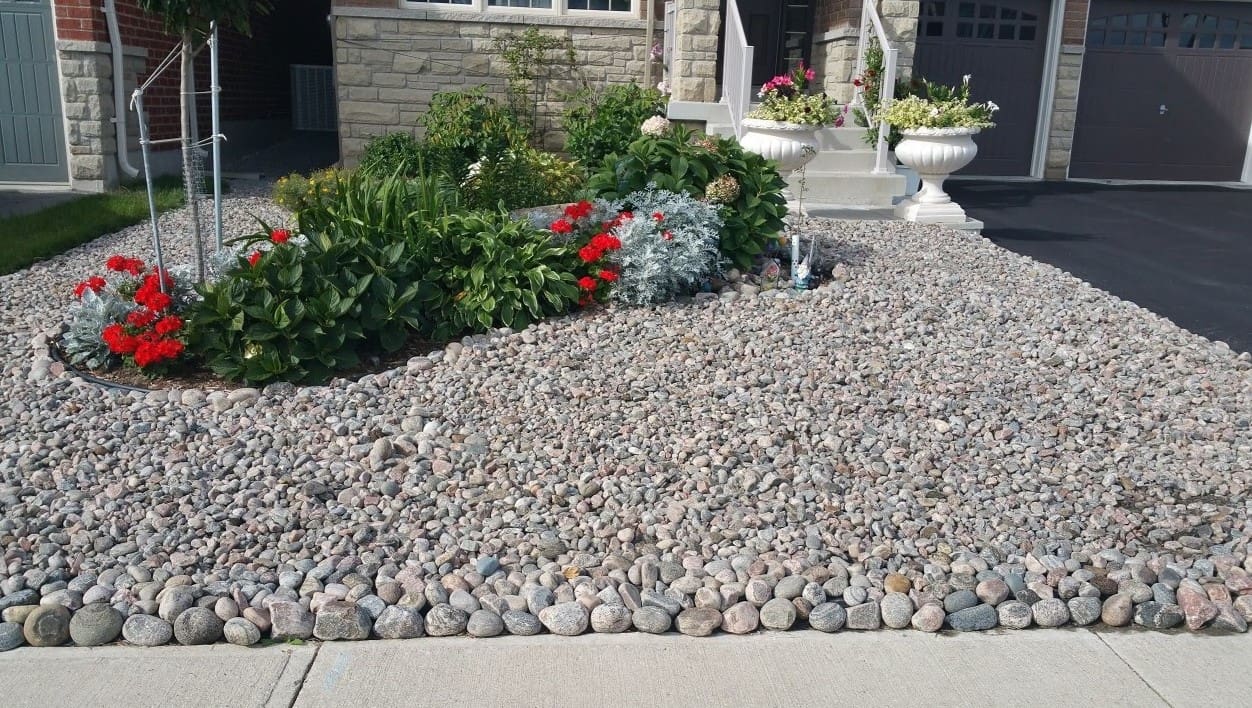

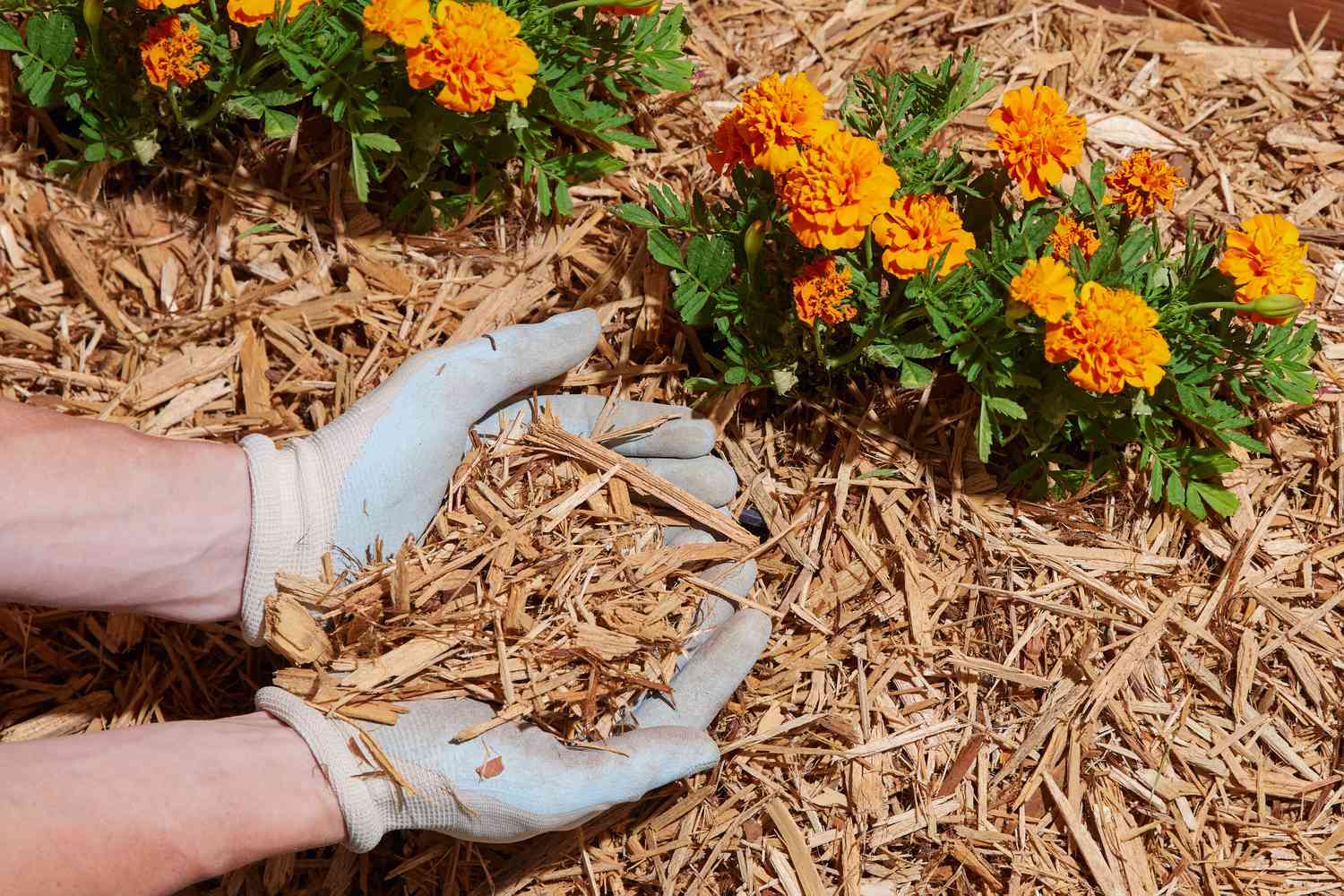
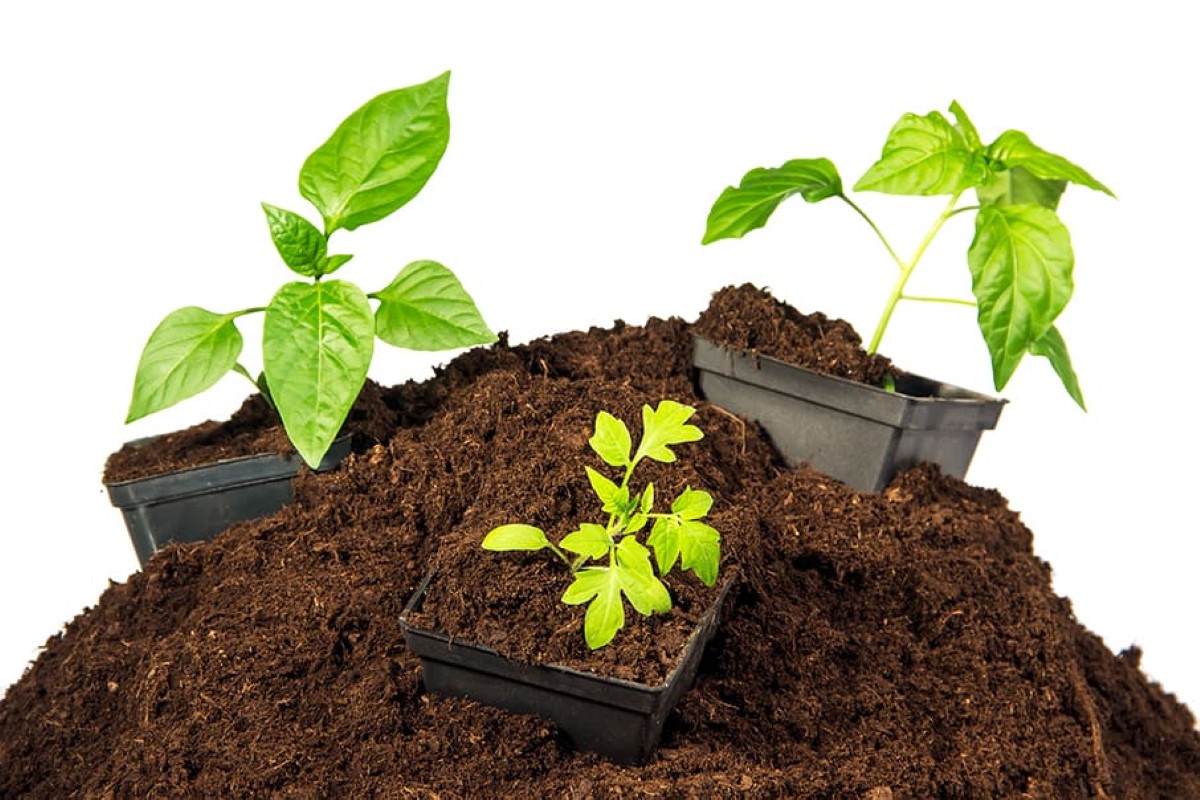
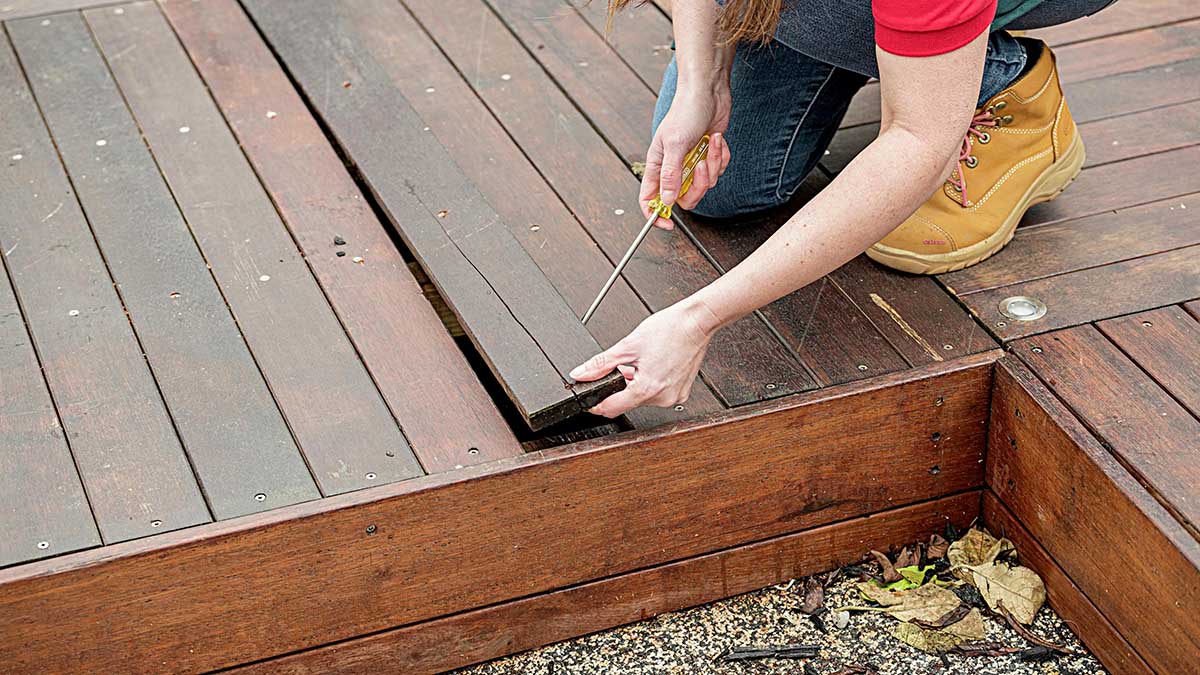

0 thoughts on “How To Replace Grass With Moss”